“The Church at Auvers”
I rarely watch the “Dr Who” series but on a recent random channel flip, an episode popped up at the point where the Doctor was at the Musée d’Orsay in Paris, observing a Van Gogh painting. Seeing an ominous clue in “The Church at Auvers”, he was off on a rescue mission in his time warp “Tardis” to pay Vincent a visit in the Provence in 1890, to help him fight a threatening Krafayis creature.
Amongst the usual Dr Who wackiness, a dramatic story unfolds. Prior to this I hadn’t really studied Van Gogh’s life or paintings but it turned out to be a nice introduction full of insights. See video below.
Quotes from this episode –
The Doctor: Between you and me, in a hundred words, where do you think Van Gogh rates in the history of art?
Curator: Well… um… big question, but, to me Van Gogh is the finest painter of them all. Certainly the most popular, great painter of all time. The most beloved, his command of colour most magnificent. He transformed the pain of his tormented life into ecstatic beauty. Pain is easy to portray, but to use your passion and pain to portray the ecstasy and joy and magnificence of our world, no one had ever done it before. Perhaps no one ever will again. To my mind, that strange, wild man who roamed the fields of Provence was not only the world’s greatest artist, but also one of the greatest men who ever lived.
Vincent Van Gogh: And you see how they roar their light. Everywhere we look, the complex magic of nature blazes before our eyes.
The Doctor: I remember watching Michelangelo painting the Sistine Chapel. Wow, what a whiner! I kept saying to him “Look, if you’re scared of heights, you shouldn’t have taken the job then”. And Picasso, what a ghastly old goat! I kept telling him, “Concentrate, Pablo. It’s one eye, either side of the face”.
‘A Girl Raking black chalk’ – Vincent Van Gogh
Watercolour, 1881
‘Woman Miners Carrying Coal’ – Vincent Van Gogh
Watercolour & white on paper, 1882
‘Self-Portrait with Dark Felt Hat at the Easel ‘ – Vincent Van Gogh
Paris, Spring 1886
“To do good work one must eat well, be well housed, have one’s fling from time to time, smoke one’s pipe, and drink one’s coffee in peace.”
“Love many things, for therein lies true strength
And whosoever loves much performs much
and can accomplish much,
and what is done in love is done well”
– Van Gogh
‘Avenue of Poplars at Sunset’ – Vincent Van Gogh
1884 Oil on canvas
‘Lane with Poplars near Nuenen’ – Vincent Van Gogh
1885 – oil on canvas
‘The Potato Eaters’ – Vincent Van Gogh
1885 – oil on canvas 81.5 x 114.5 cm
‘In the Bois de Boulogne’ – Vincent Van Gogh
1886 – oil on canvas
“I experience a period of frightening clarity and in those moments when nature is so beautiful, I am no longer sure of myself, and the paintings appear as in a dream.” ….Van Gogh
‘Vase with Red Poppies’ – Vincent Van Gogh
1886 – oil on canvas
‘Four Cut Sunflowers’ – Vincent Van Gogh
1887 – oil on canvas
“….. even if it was absolutely true,
then I should like to show by my work
what such an eccentric nobody
has in his heart.
this is my ambition,
based less on resentment then on love
in spite of everything” ….. Van Gogh
‘Wheat Field With Crows’ – Vincent Van Gogh
1890
‘Frtillarias in a Copper Vase’ – Vincent Van Gogh
1887 oil on canvas 73.5 x 60.5 cm
‘Winter Garden’ – Vincent Van Gogh
‘Les Alychamps’ – Vincent Van Gogh
1888 oil on canvas
92 x 73.5 cm
‘Mulberry Tree’ – Vincent Van Gogh
1889 oil on canvas
‘The Prison Courtyard’ – Saint Remy – Vincent Van Gogh
1890
‘Houses in Auvers’ – Vincent Van Gogh
1890
‘The Red Vineyard’ – Vincent Van Gogh
‘Landscape from Saint Rémy’ – Vincent Van Gogh
1889
‘Two Poplars on a Road Through the Hills’ – Vincent van Gogh
1889
‘Olive Grove’ – Vincent Van Gogh
‘Thatched Roofs’ – Vincent Van Gogh
1884
‘Avenue with Flowering Chestnut Trees’ – Vincent van Gogh
1889 — oil on canvas
‘Green Wheat Field with Cypress Tree’ – Vincent van Gogh
Japonaiserie – Flowering Plum Tree – Vincent Van Gogh
1887
Van Gogh teapot – Noi Volkov
‘La Courtisane’ – The Courtesan or Oiran – Vincent Van Gogh
Vincent and the Doctor :
Vincent Van Gogh visits Musée d’Orsay to see his art in 2010
3.25 minutes, BBC
Arles, 1888.
Extracts from correspondence from Vincent Van Gogh to his brother Theo.
My dear Theo,
I already wrote to you early this morning, then I went to continue working on a painting of a sunny garden. Then I brought it back — and went out again with a blank canvas and that’s done, too. And now I feel like writing to you again.
I’ve never had such good fortune; nature here is extraordinarily beautiful. Everything and everywhere. The dome of the sky is a wonderful blue, the sun has a pale sulphur radiance, and it’s soft and charming, like the combination of celestial blues and yellows in paintings by Vermeer of Delft. I can’t paint as beautifully as that, but it absorbs me so much that I let myself go without thinking about any rule. Today I worked from 7 o’clock in the morning to 6 o’clock in the evening without moving.
Because being surrounded by colour like this is quite new to me, it excites me, extraordinarily.
My colours, my canvas, my wallet are completely exhausted today. The last painting, done with the last tubes on the last canvas, is a naturally green garden, is painted without green as such, with nothing but Prussian blue and chrome yellow. I’m beginning to feel quite different from what I was when I came here, I have no more doubts, I no longer hesitate to tackle something, and that could increase still further.
I have such luck with the house — with work — that I even dare believe that blessings won’t come singly, but that you’ll share them for your part, and have good luck too. Some time ago I read an article on Dante, Petrarch, Boccaccio, Giotto, Botticelli; my God, what an impression that made on me, reading those people’s letters! Now Petrarch was just near here, in Avignon, and I see the same cypresses and oleanders.
I’ve tried to put something of that into one of the gardens, painted with thick impasto, lemon yellow and lemon green. Giotto touched me the most — always suffering and always full of kindness and ardour as if he were already living in a world other than this
Giotto is extraordinary, anyway, and I feel him more than the poets: Dante, Petrarch, Boccaccio.
Oh my dear brother, sometimes I know quite clearly what I want in life, and in painting too. I can easily do without the dear lord. But I can’t, suffering as I do, do without something greater then myself.Which is my life, the power to create. If you can’t see the beautiful days here, you will still see the paintings.
Forever yours
Vincent
source http://www.vangoghmuseum.nl/

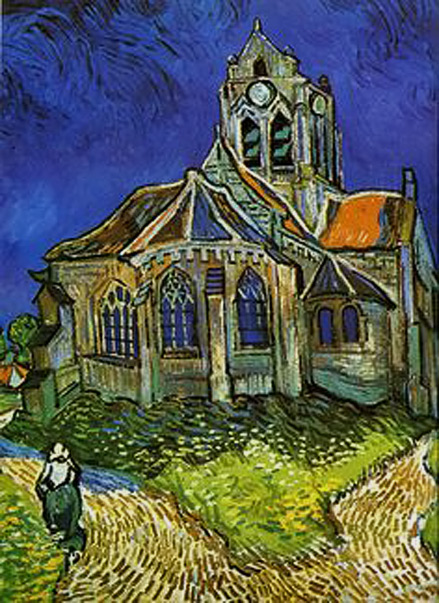
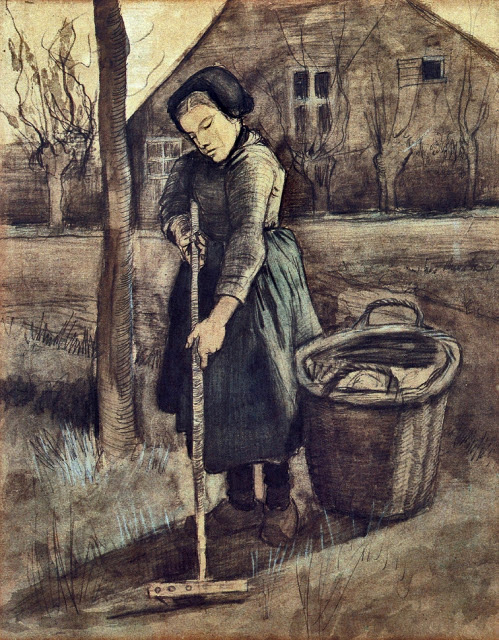
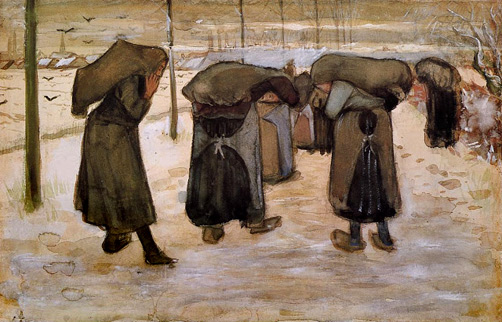
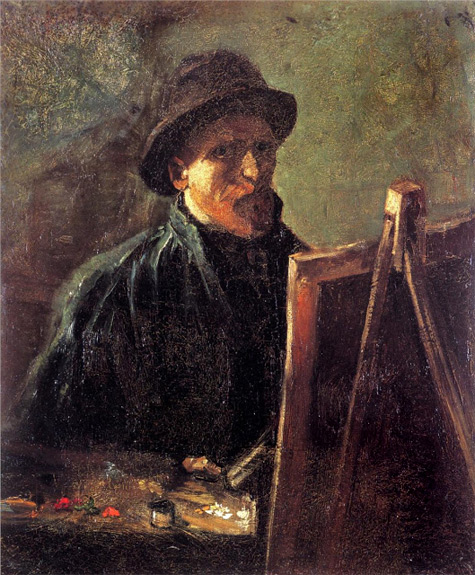
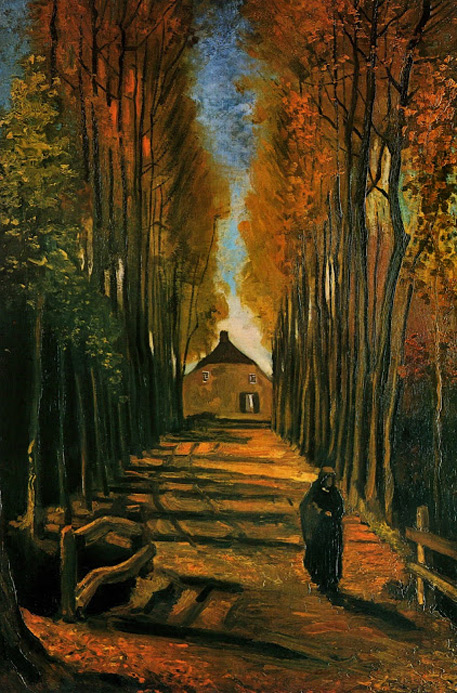
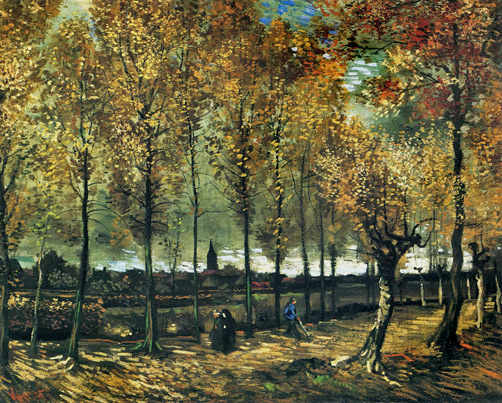
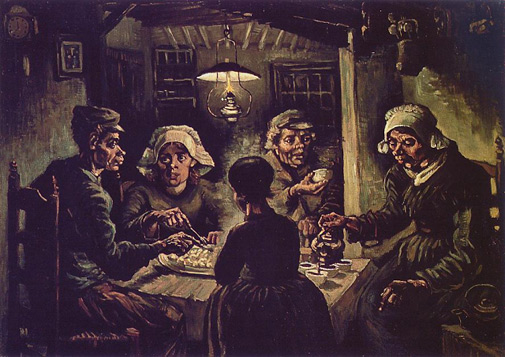
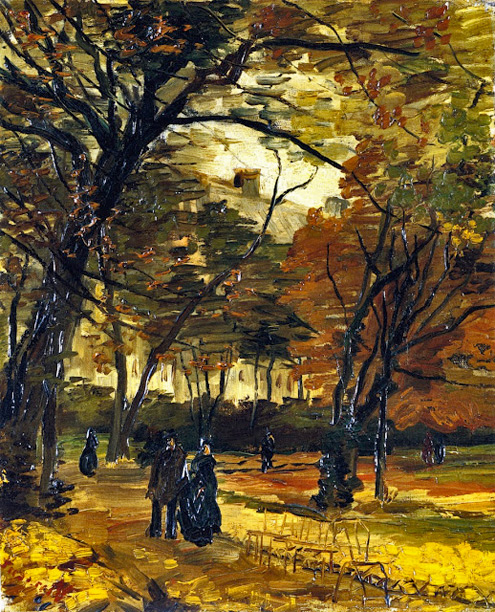
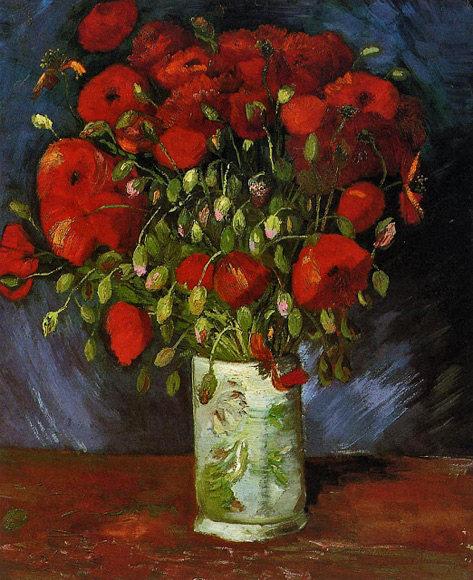
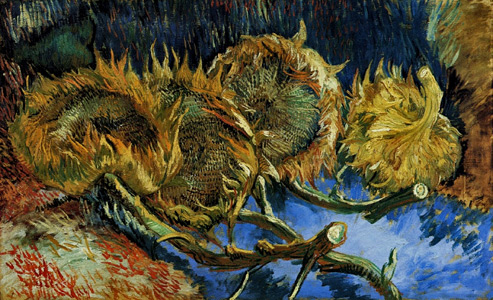
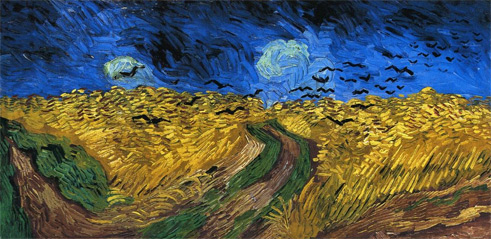
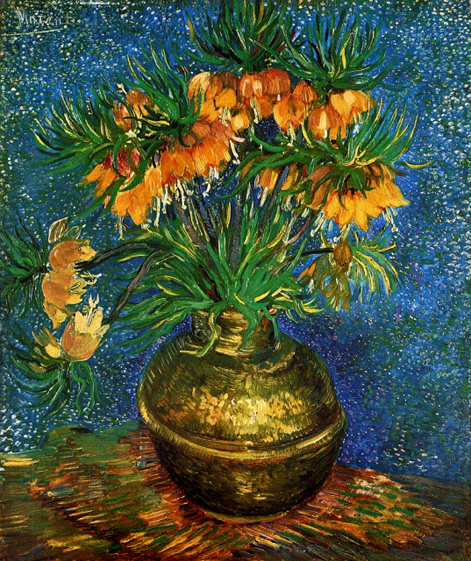
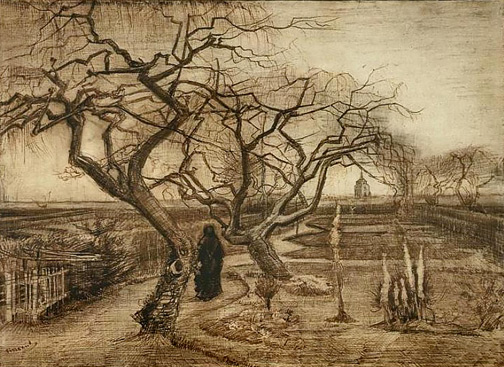
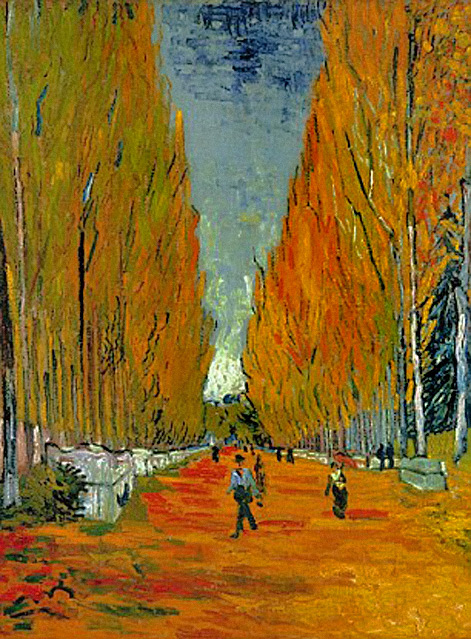
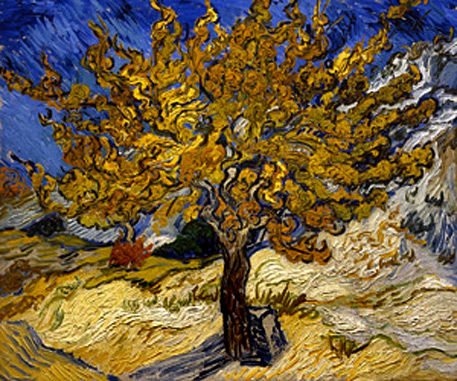
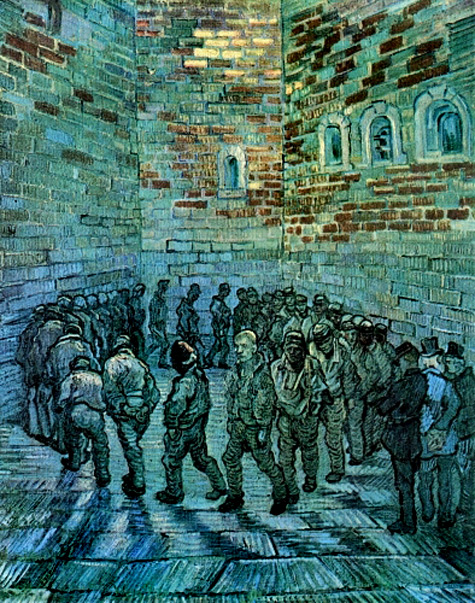
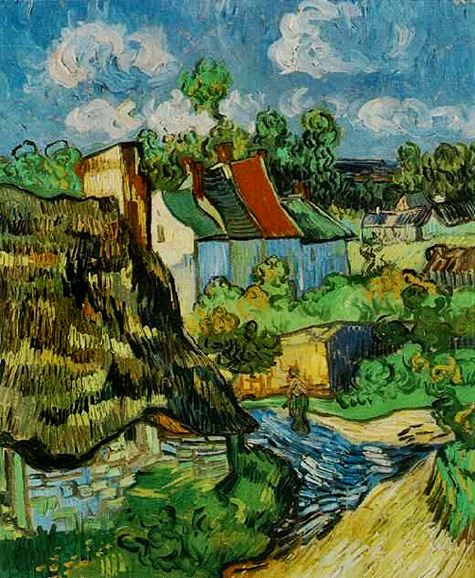
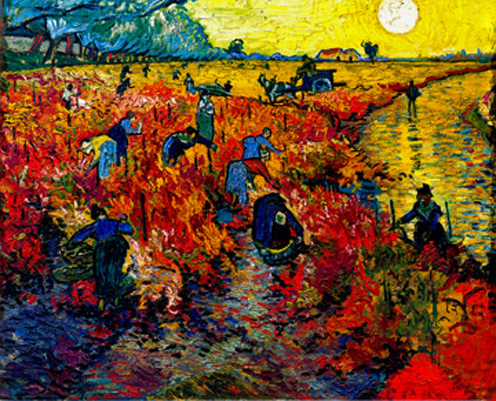
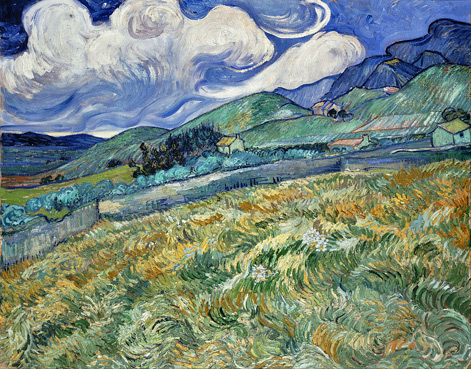
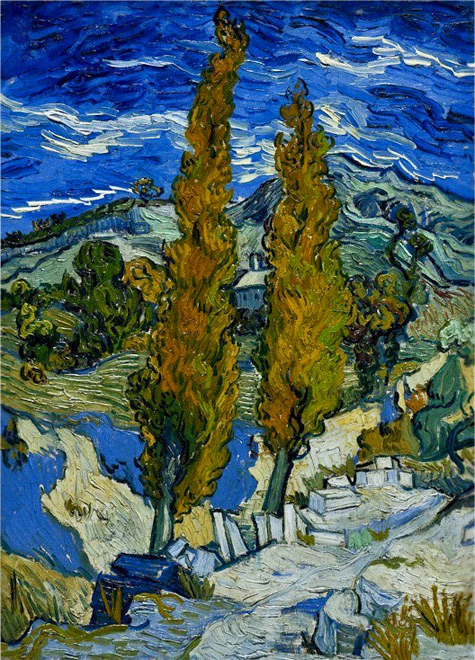
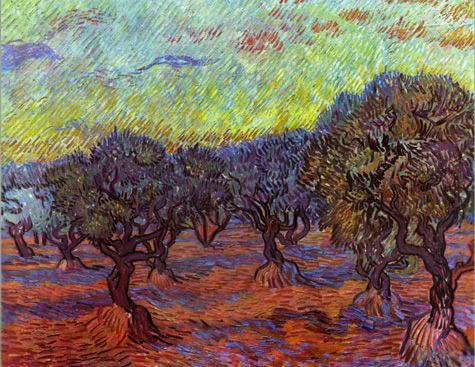
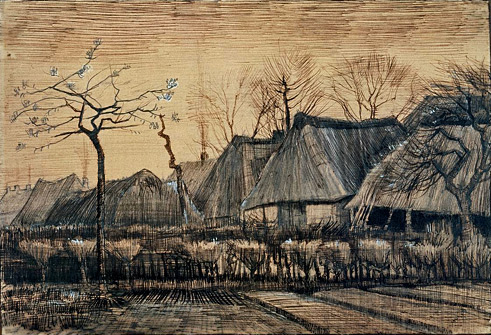
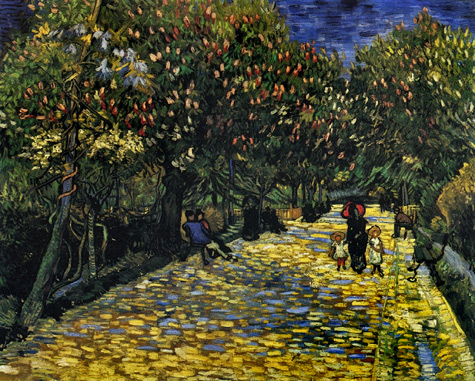
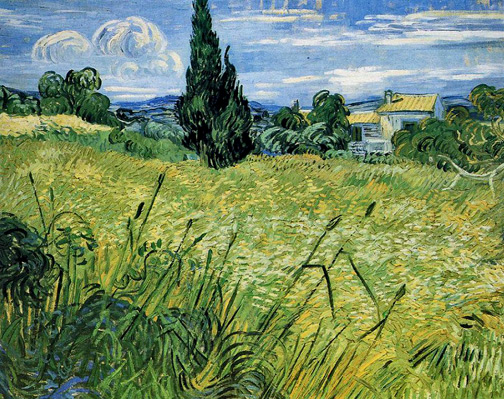
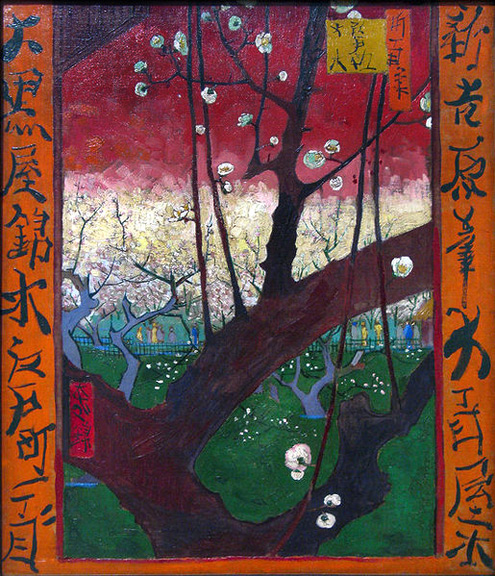
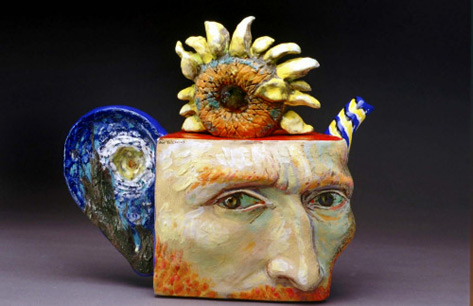
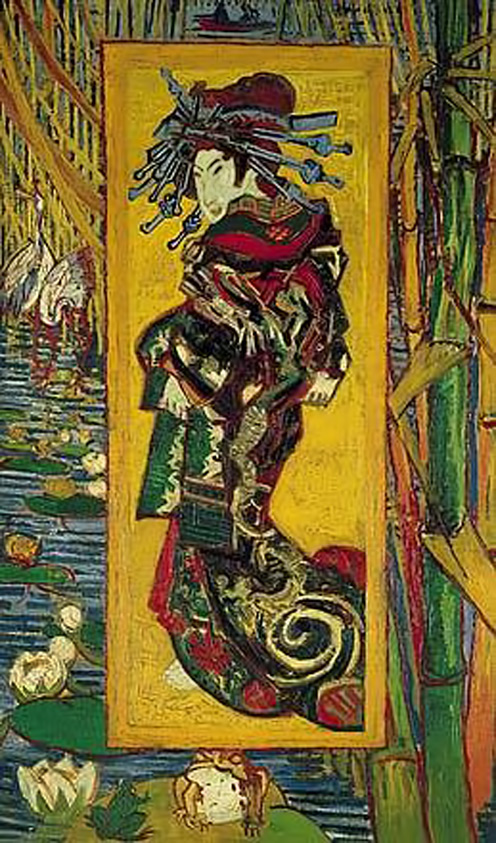
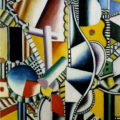
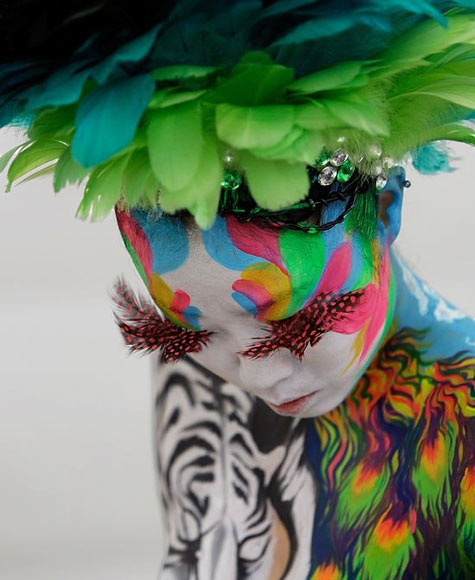
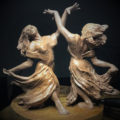
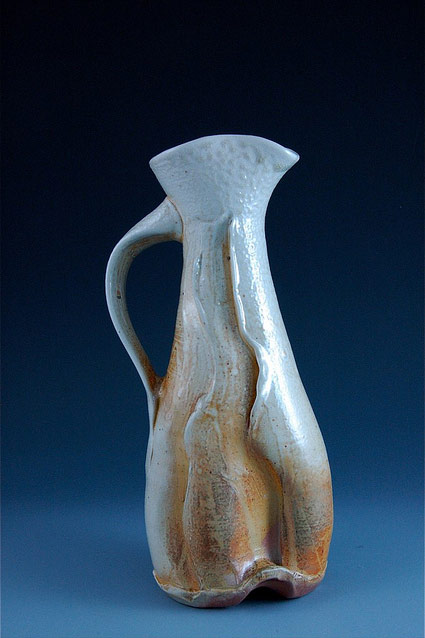

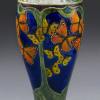








































































1 Comment
Did Van Gogh do ceramic pictures of boats ?